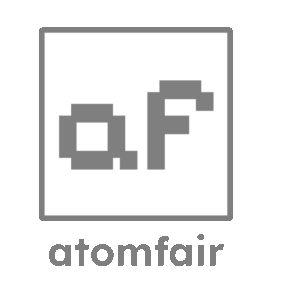Description
Methyl 4,6-Dichloronicotinate (CAS No. 65973-52-6) is a high-purity chemical compound with the molecular formula C7H5Cl2NO2, widely utilized in pharmaceutical and agrochemical research. This fine chemical, also known as methyl 4,6-dichloropyridine-3-carboxylate, is a versatile intermediate for synthesizing active ingredients and specialty materials. Its dichlorinated pyridine structure offers excellent reactivity for nucleophilic substitution and cross-coupling reactions. Available in >98% purity (HPLC), it is supplied in rigorously tested batches with detailed Certificates of Analysis (CoA) to ensure consistency for sensitive applications. Suitable for use in medicinal chemistry, crop protection R&D, and as a building block for heterocyclic compounds.
Properties
- CAS Number: 65973-52-6
- Complexity: 177
- IUPAC Name: methyl 4,6-dichloropyridine-3-carboxylate
- InChI: InChI=1S/C7H5Cl2NO2/c1-12-7(11)4-3-10-6(9)2-5(4)8/h2-3H,1H3
- InChI Key: JEJMDUMJSZTJTI-UHFFFAOYSA-N
- Exact Mass: 204.9697338
- Molecular Formula: C7H5Cl2NO2
- Molecular Weight: 206.02
- SMILES: COC(=O)C1=CN=C(C=C1Cl)Cl
- Topological: 39.2
- Monoisotopic Mass: 204.9697338
- Synonyms: Methyl4,6-dichloronicotinate, 689-863-8, methyl 4,6-dichloronicotinate, 65973-52-6, methyl 4,6-dichloropyridine-3-carboxylate, MFCD04125732, 4,6-Dichloronicotinic acid methyl ester, 4,6-Dichloro-nicotinic acid methyl ester, 3-PYRIDINECARBOXYLIC ACID, 4,6-DICHLORO-, METHYL ESTER, Bionet2_001679, methyl-4,6-dichloronicotinate, SCHEMBL474122, Methyl 4,6-dichloro nicotinate, Methyl 4,6-dichloro-nicotinate, DTXSID30377292, JEJMDUMJSZTJTI-UHFFFAOYSA-N, HMS1368O15, BCP05778, AC-325, BBL102582, CL0171, SBB053826, STL556385, AKOS005070782, CS-W003200, PB23404, SY007499, DB-007673, M2641, EN300-112108, 5X-0801, 4,6-dichloro-3-pyridinecarboxylic acid, methyl ester, 4,6-dichloropyridine-3-carboxylic acid, methyl ester, F8889-5803, Z1269150448
Application
Methyl 4,6-Dichloronicotinate serves as a key intermediate in the synthesis of pharmaceutical compounds, particularly in the development of antiviral and antibacterial agents. Its reactive dichloro groups enable efficient functionalization for creating complex pyridine derivatives used in crop protection chemicals. Researchers also employ this compound in metal-catalyzed cross-coupling reactions to construct biologically active molecules.
Safety and Hazards
GHS Hazard Statements
- H302 (40%): Harmful if swallowed [Warning Acute toxicity, oral]
- H315 (80%): Causes skin irritation [Warning Skin corrosion/irritation]
- H319 (80%): Causes serious eye irritation [Warning Serious eye damage/eye irritation]
- H335 (60%): May cause respiratory irritation [Warning Specific target organ toxicity, single exposure; Respiratory tract irritation]
Precautionary Statements
- P261, P264, P264+P265, P270, P271, P280, P301+P317, P302+P352, P304+P340, P305+P351+P338, P319, P321, P330, P332+P317, P337+P317, P362+P364, P403+P233, P405, and P501
Hazard Classes and Categories
- Acute Tox. 4 (40%)
- Skin Irrit. 2 (80%)
- Eye Irrit. 2 (80%)
- STOT SE 3 (60%)
If you are interested or have any questions, please contact us at support@atomfair.com
Disclaimer: Sold exclusively for laboratory research. Prohibited for commercial use, diagnostics, or human/animal applications. Buyers assume all compliance liability.


Reviews
There are no reviews yet.